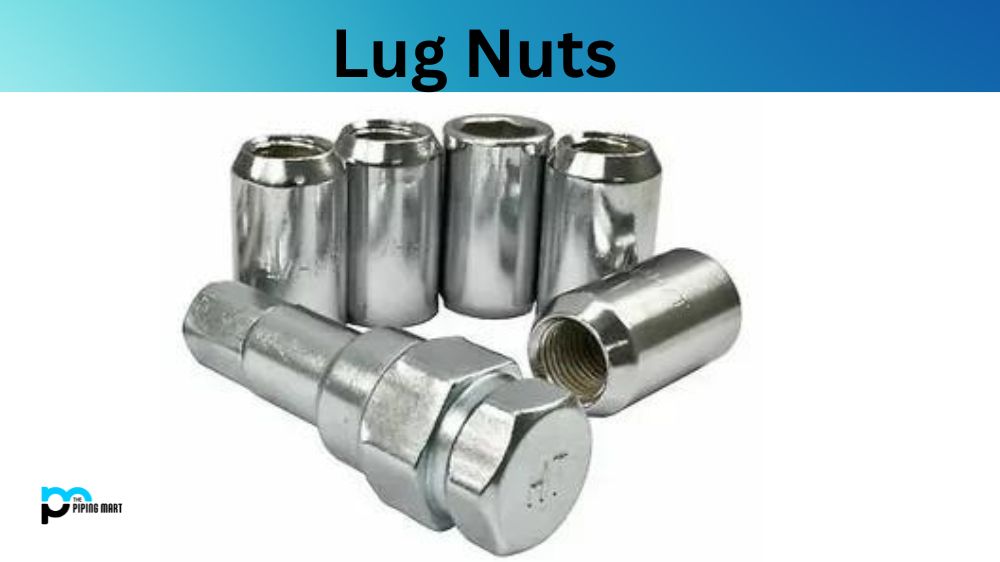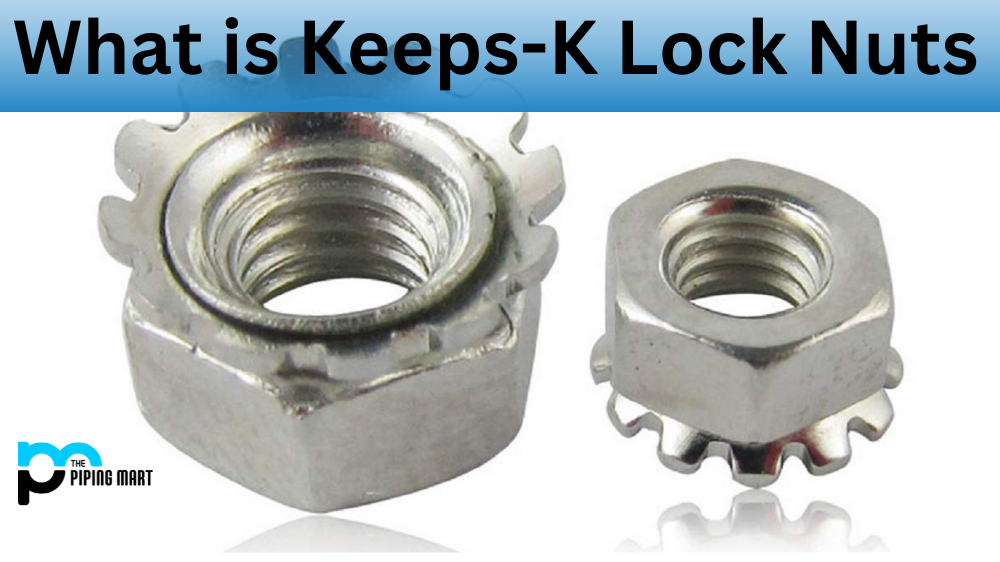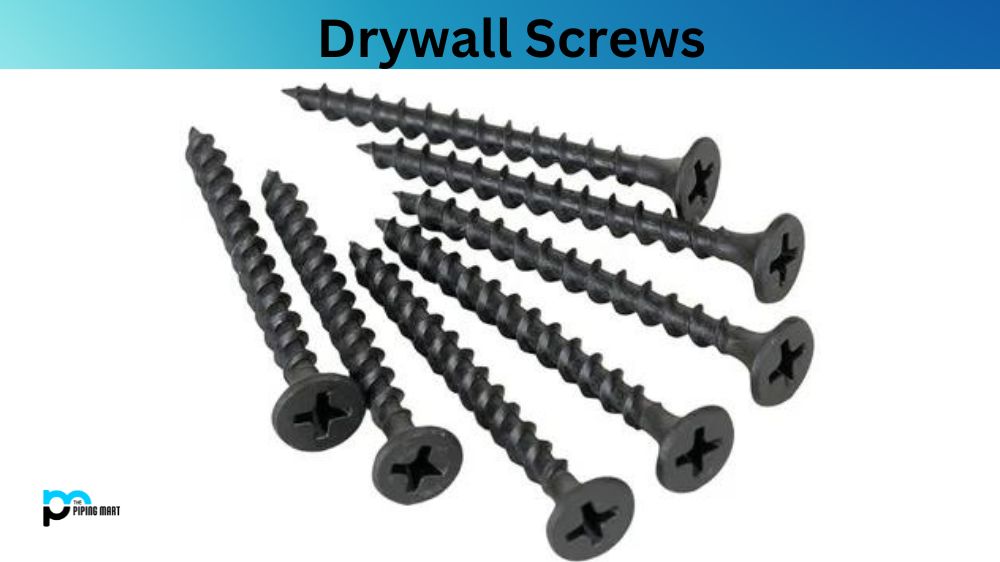Lug nuts play an essential role in ensuring the safe operation of any vehicle. These small yet mighty components secure your wheels to the car’s axles, keeping them in place and enabling good handling and smooth rides. But what else do you know about lug nuts? In this article, we will examine what lug nuts are, their different applications, and how they affect your driving performance. So whether you’re a new driver, a vehicle enthusiast, or a curious reader, this article is for you!
What is Lug Nuts?
A lug nut is a fastener that attaches your wheels to your car. Made of high-quality steel, these nuts are designed to withstand immense pressure and heat from your car’s tires as you drive. Lug nuts are small, typically measuring between 13mm and 22mm in diameter and 1/2 inch to 7/16 inches long. They are mostly made of hardened steel to prevent warping and last longer. Lug Nuts Uses
Lug Nuts Uses
Lug nuts are used to secure a wheel onto the hub of an automobile. They are tightened with a torque wrench to ensure the wheels remain securely attached and provide even tire pressure, which is important for optimal performance. The specific torque value required depends on the type of vehicle but usually ranges from 60-90 ft-lbs. Driving can be dangerous due to potential wheel detachment without snugly fastened lug nuts.
Lug Nuts Applications
There are different types of lug nuts used for different applications. For example, most cars come with standard lug nuts to secure their wheels, while racing cars, off-road vehicles, and trucks require special lug nuts to cope with extreme performance and conditions.
Racing lug nuts, for instance, are much lighter, reducing the unsprung weight’s total weight to enable faster speeds and better handling. Off-road lug nuts or wheel studs are also made of thicker and stronger steel to handle terrains while withstanding impacts from rocks, water, and mud.
Types of Lug Nuts
There are different lug nuts, but the most common ones are open-end, conical seat, and shank style.
Open-end lug nuts have a threaded section at one end, leaving the other open. These nuts are cheaper and lighter but allow dirt and debris to collect inside the nut, reducing its efficacy.
Conical seat lug nuts have a tapering end that fits snugly into your wheel’s lug seats. They’re the most common lug nuts type, highly versatile, and easy to install.
Shank style lug nuts have a regular tapered section and a shank that fits into the wheel’s lug seats. They’re usually used with spacers, adapters, or custom wheels requiring extended threaded lug nuts sections.
Lug Nuts Torque
When installing or replacing lug nuts, it’s crucial to ensure that you torque them to the recommended tightness. Over-tightening or under-tightening may lead to serious accidents, car malfunctions, or lug nut damage, leading to wheel separation.
Typically, your vehicle manual will specify the required torque, which may vary depending on the type of lug nuts, wheels, and car model. Using a torque wrench and tightening your lug nuts to the recommended specifications is essential.
Conclusion:
In summary, lug nuts are vital to your car’s safety and performance, and it’s essential to understand them in detail. Ensure you use the right lug nuts for your car, torque them correctly, and check them regularly for any signs of damage or wear. If you need help with the right type of lug nuts for your car or how to install or replace them, feel free to consult your car manufacturer’s manual or seek expert help. Drive safely!

Pipingmart is a B2B portal that specializes in metal, industrial and piping items. Additionally, we share the latest information and information about materials, products and various types of grades to assist businesses that are involved in this business.




